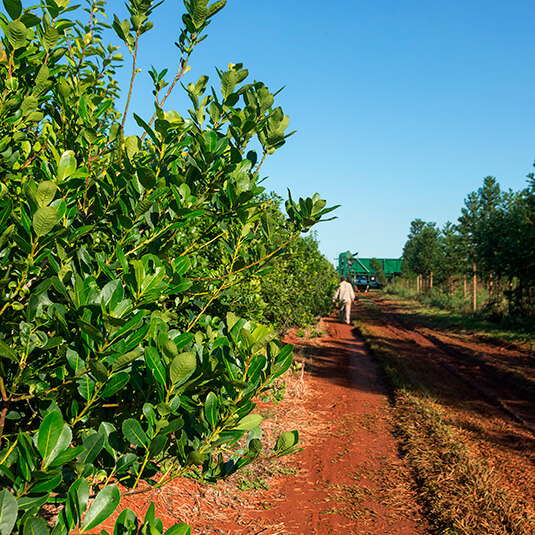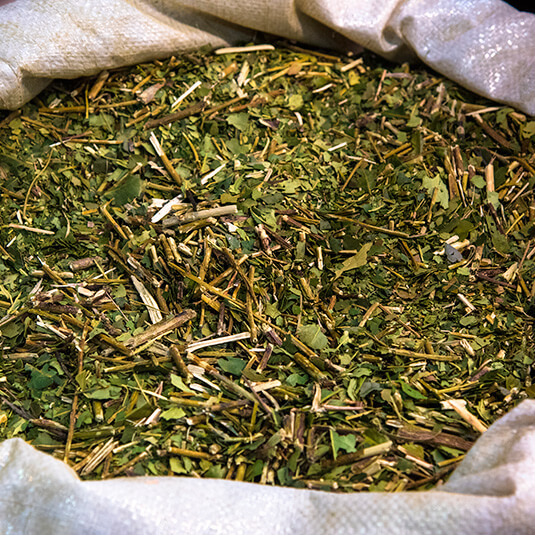Free shipping from $55

A Timeless Tradition
From Argentina to Brazil, and including Uruguay and Paraguay, mate has been consumed for centuries. Originally used by the Guaraní people, it was valued for its many benefits. Mate was also used as a form of currency in trade between the Guaraní and the Incas.
The leaves of the plant were consumed in various ways. They were either chewed or mixed with water in a small hollowed gourd. It wasn’t until the 16th century that the use of the gourd as a vessel became popular and mate consumption spread throughout the continent.
The leaves of the plant were consumed in various ways. They were either chewed or mixed with water in a small hollowed gourd. It wasn’t until the 16th century that the use of the gourd as a vessel became popular and mate consumption spread throughout the continent.

The Mate Production Process
The process of making mate involves four steps:
1. Roasting: This first step aims to kill the enzymes responsible for oxidation in the leaves. The leaves are heated for 20 to 30 seconds.
2. Drying: The leaves are dried to reduce their moisture content to 5 or 6%.
3. Grinding: The leaves are ground and then stored for a few months (up to 2 years) to develop a rich flavor.
4. Sizing: This final step determines the desired grade: larger leaves result in a milder mate, while mate made from very broken leaves will be much stronger.
